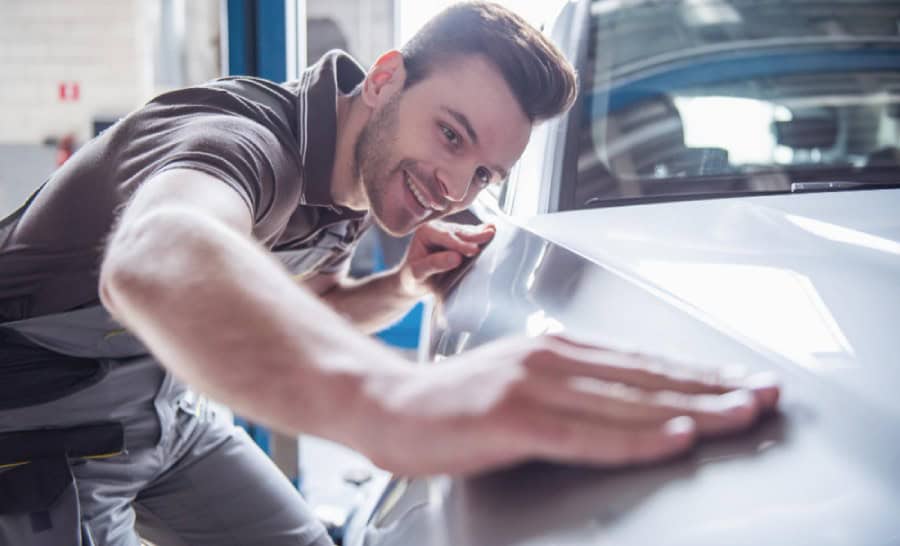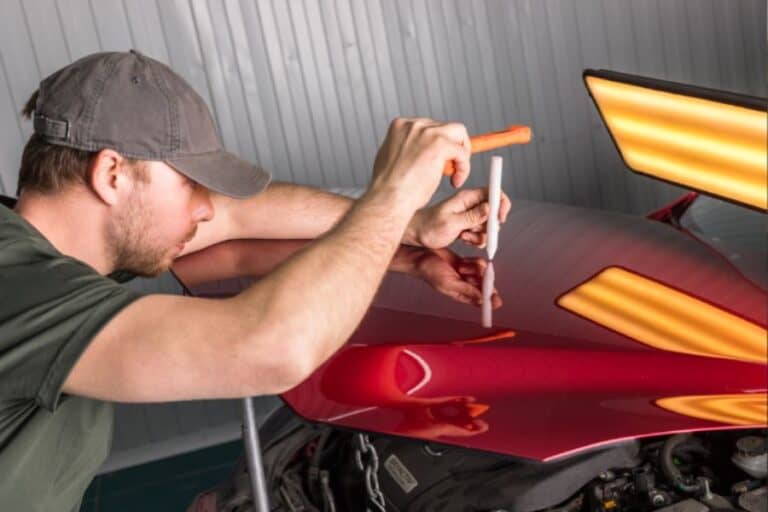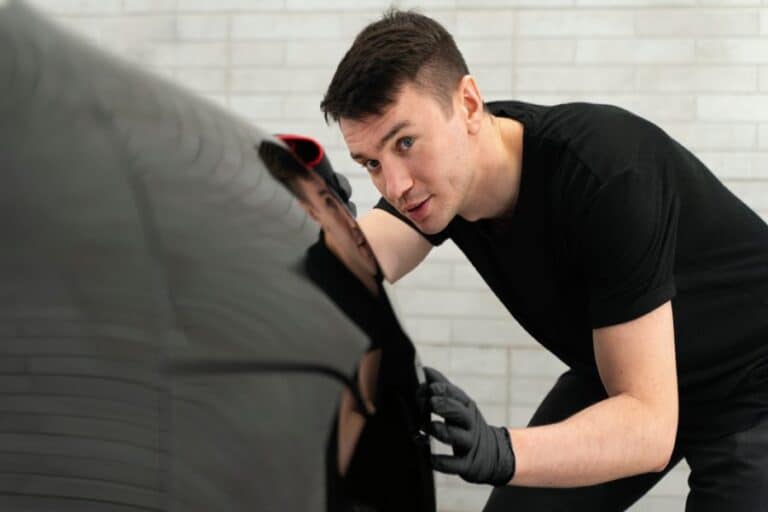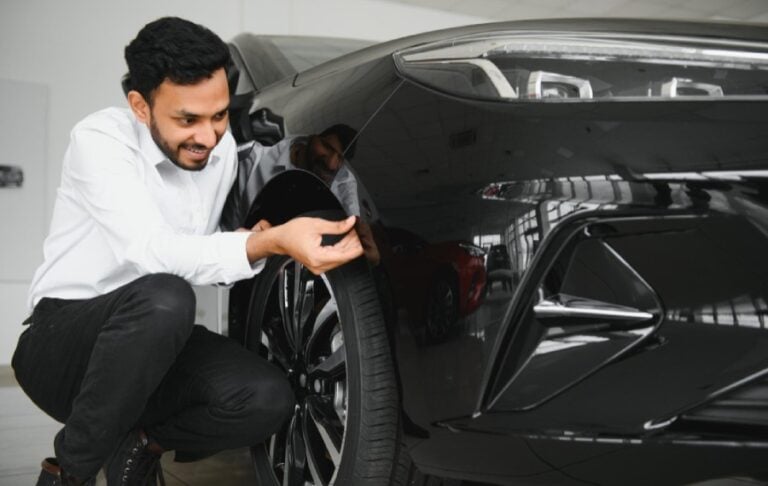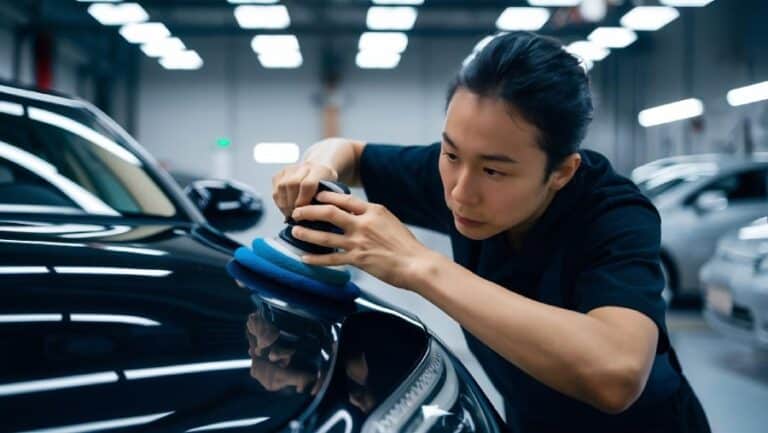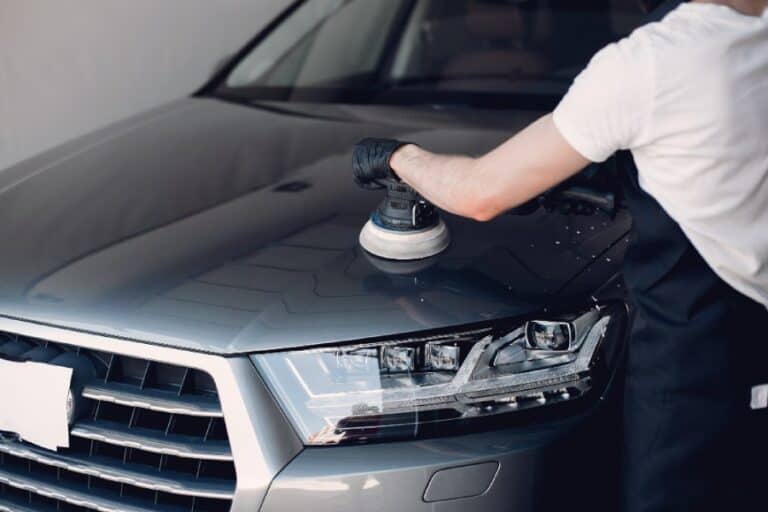DIY Vs. Professional Paintless Dent Repair: What You Need To Know
Sometimes, the solution to a damaged or dented car is not as complicated as it seems. Paintless Dent Repair (PDR) is a method that can restore your vehicle to its pristine condition without the need for any painting or traditional bodywork. However, the decision to conduct PDR by yourself or by hiring a professional can greatly impact the end result. This article aims to provide clear insights into PDR and the distinction between DIY and professional repair, helping you make a more informed decision.
Understanding Paintless Dent Repair (PDR)
What is PDR?
Paintless Dent Repair (PDR) is a method of removing minor dents from the body of a motor vehicle. It is a non-invasive procedure that maintains the original paintwork of the car, eliminating the need for costly and time-consuming repaint jobs. This technique is highly effective for repairing the damage caused by hail, door dings, minor creases, large dents, and bodyline damage, given that the paint surface remains intact.
How does the PDR process work?
The PDR process involves gaining access to the backside of the dent and gently pushing it back into place. Technicians use special tools designed to work on the underside of the dented area without affecting the painted surface. The process requires both patience and precision; it’s an art as much as it is a skill.
- Assessment: The technician first assesses the damage to understand the best approach for the repair. This involves determining the size, location, and severity of the dent.
- Access: The next step is to gain access to the backside of the dent. This could involve removing interior panels or even car parts like tail lights or, in some cases, the wheel.
- Manipulation: Using specific tools, the technician applies pressure to the underside of the dent, slowly massaging the metal back into its original position. This is done bit by bit to ensure the paintwork is not damaged.
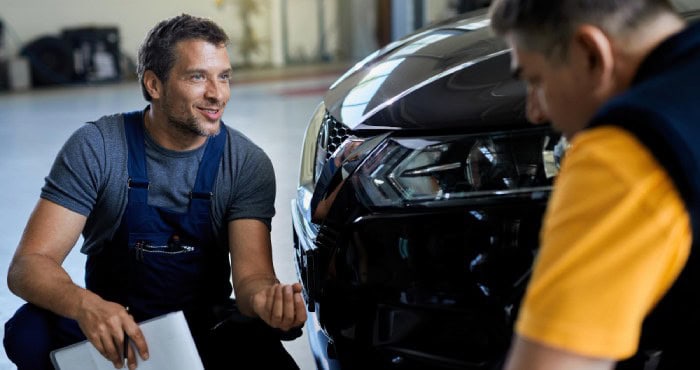
Tools and Techniques used in PDR
The tools used in PDR are primarily made from stainless steel and are of varying shapes and sizes to accommodate different types of dents and parts of the vehicle. The standard PDR toolkit may include rods and picks, suction cup dent pullers, knockdown or tapping tools, hammer, and blending tools.
In addition, specialized lights or reflection boards are used to help technicians visualize the dent more clearly. This helps them monitor the repair process and ensures the surface is perfectly smooth following the repair.
Advantages of PDR
Several advantages come with the Paintless Dent Repair method:
- Cost-effective: Compared to traditional repair methods, PDR can save up to 60% of the cost as it eliminates the need for repainting and filling.
- Time-saving: Since PDR does not involve any painting or drying, it is significantly faster than traditional methods. Most PDR repairs can be completed within a few hours or a day, depending on the severity and number of dents.
- No color mismatch: With PDR, there’s no worry about paint color mismatch that often happens with traditional repainting.
- Value retention: Since PDR maintains your car’s original paint, it also helps maintain your vehicle’s value.

The following sections of this article will explore the differences between DIY and professional PDR Idaho, helping you decide the best approach for your situation.
DIY Paintless Dent Repair
Taking a DIY approach to PDR might seem like an attractive option, especially if you’re keen on saving some money or enjoy getting hands-on with your vehicle. However, it does come with its own set of considerations.
| Pros of DIY PDR | Cons of DIY PDR |
| Repairing dents yourself can save you money by avoiding professional labor costs. | Without proper training, you risk causing more damage, which could cost more than hiring a professional. |
| You can repair at your own pace without needing appointments or transportation. | DIY PDR can be time-consuming, especially for beginners with complex or numerous dents. |
| Doing PDR yourself helps you develop useful skills for future repairs. | Professional PDR technicians use specialized tools that might be too expensive or hard to find for home use. |
Common DIY Methods and Tools
Common DIY methods for PDR often involve the use of tools and kits available at auto parts stores, such as suction cup dent pullers and PDR tool kits. Other methods use household items like a plunger or a vacuum cleaner with a bucket. However, the effectiveness of these methods can vary greatly depending on the nature of the dent, the quality of the tools, and the user’s skill level.
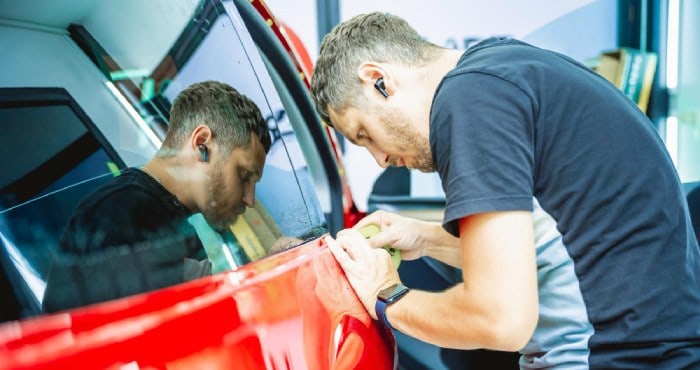
Professional Paintless Dent Repair
Professional PDR services Boise are offered by trained individuals or companies specializing in dent repair Idaho. With professional expertise, the chances of restoring your vehicle to its original condition are significantly higher.
| Pros of Professional PDR | Cons of Professional PDR |
| Trained professionals have years of experience and knowledge to repair various dents effectively. | Hiring a professional is pricier than DIY, as you pay for their expertise, time, and resources. |
| Professionals can complete the job faster due to advanced tools and thorough repair knowledge. | Depending on your location and service demand, getting an appointment could be challenging and time-consuming. |
| Many professional services offer guarantees, ensuring customer satisfaction and peace of mind. |
What to Expect from a Professional Service
When you bring your vehicle to a professional PDR technician Nampa, you can expect an initial inspection to assess the damage and provide an estimate. Once the work begins, the dents will be meticulously worked on until the original form is restored. Some companies may offer mobile dent repair services, coming to your home or place of work to perform the repair. It’s important to choose a reputable service provider to ensure high-quality results.
Choosing the Right Option for You
Whether you should opt for DIY or professional PDR largely depends on your individual circumstances and preferences. Both options have clear advantages and certain drawbacks.
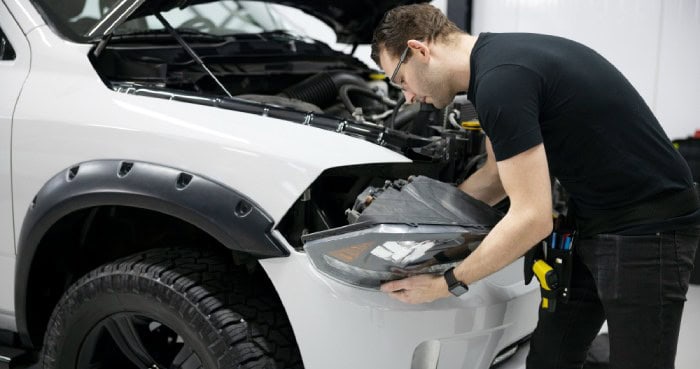
Factors to Consider
When deciding between DIY and professional PDR, consider the following factors:
- The severity of the dent/damage: DIY methods may be effective for small, superficial dents, but complicated or larger dents often require professional attention.
- Your skill level and experience: If you’re handy with car repairs and have a good understanding of your vehicle’s structure, you might be equipped to handle PDR. If not, it’s better to seek professional help.
- Availability of tools: Consider if you have the necessary tools or if you’re willing to invest in them.
- Budget and time constraints: Professional PDR might be costlier, but it saves you time and potential mistakes. However, if budget is a major concern, or you have ample time and are interested in acquiring a new skill, DIY could be a viable option.
When to Opt for Professional PDR
If the dent is severe, particularly large, or located in a difficult-to-reach place, it’s best to opt for professional PDR. Additionally, if the paint is cracked or damaged, professional help is advised as it indicates deeper damage that a DIY repair may not address.
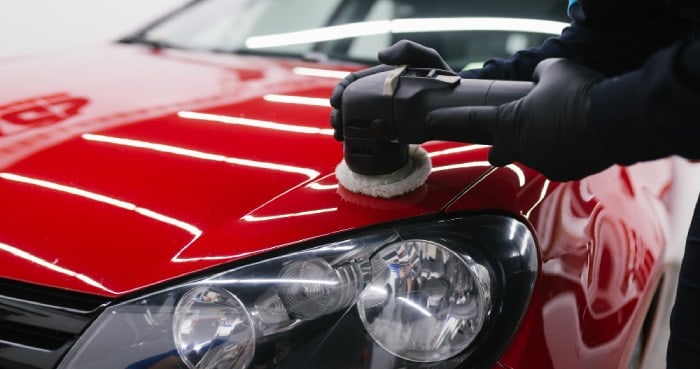
While DIY PDR can be an attractive, cost-saving option for minor dents, professional PDR ensures expertise, efficiency, and often, a guarantee of service. Understanding the advantages and disadvantages of both options enables better decision-making when it comes to maintaining the appearance and value of your vehicle.
Choose Gem State Dent Repair for exceptional Paintless Dent Repair (PDR) services. Our dedicated team ensures precise and excellent repairs, providing customized attention to meet the unique needs of your vehicle.

